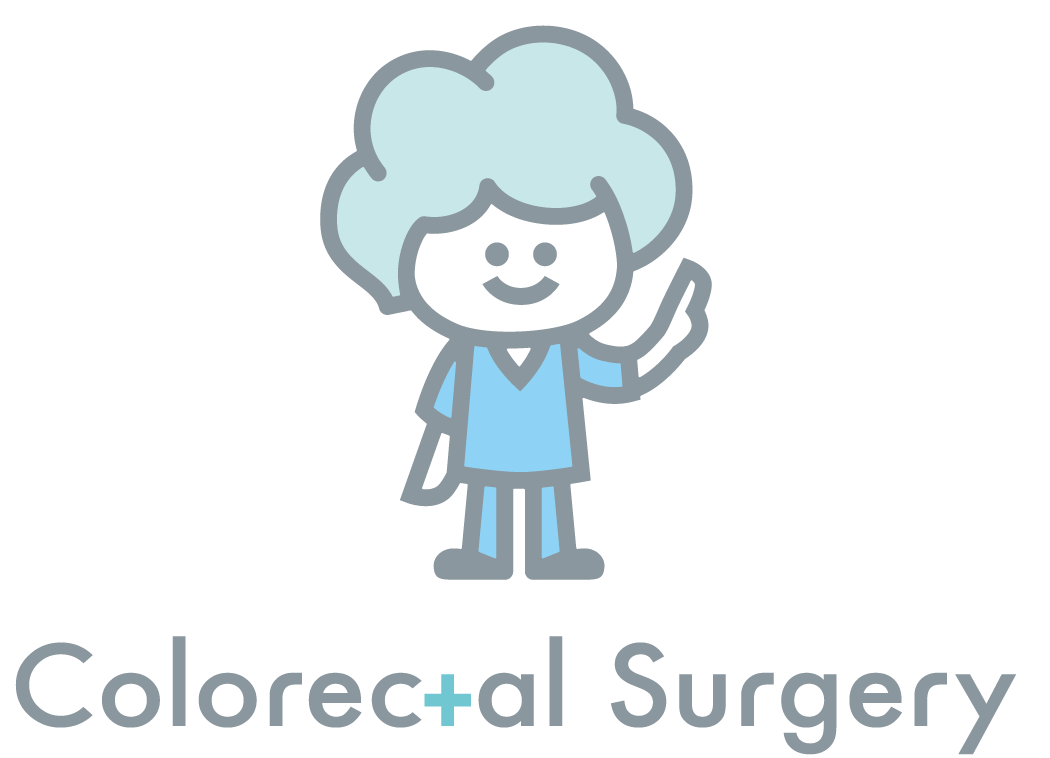Yoshinori Kagawa, Hironaga Satake, Eiji Shinozaki, Yoshinori Tanizawa, Zhihong Cai, Long Jin, Akitaka Makiyama; Department of Gastroenterological Surgery, Osaka General Medical Center, Osaka, Japan; Cancer Treatment Center, Kansai Medical University Hospital, Hirakata, Japan; Department of Gastroenterology, Cancer Institute Hospital of Japanese Foundation for Cancer Research, Tokyo, Japan; Eli Lilly Japan K.K., Kobe, Japan; Cancer Center, Gifu University Hospital, Gifu, Japan
**Note: The appearance of your abstract here is an approximation of how the abstract would appear in print, if accepted.
Background: Three antiangiogenic (AA) drugs, bevacizumab (BEV), ramucirumab (RAM) and aflibercept (AFL) are recommended as the second-line (2L) treatment for metastatic colorectal cancer (mCRC) in the CRC treatment guidelines of multiple countries and regions including the US, EU and Japan. However, little evidence of 2L RAM and AFL after anti-EGFR antibodies (EGFRab) in first- line (1L) has been reported. This study assessed treatment sequence for mCRC patients who received 2L irinotecan-based chemotherapy with AA drug after FOLFOX + EGFRab in 1L, treatment duration from the start of 2L to the end of last treatment line (treatment duration from 2L) and factors associated with the treatment duration from 2L.
Methods: This is a real-world observational study using a hospital-based claims database of 393 hospitals in Japan. The mCRC patients who started 1L treatment with FOLFOX + EGFRab between May 2016 and Sep 2019 (identification period) and further treated with irinotecan-based chemotherapy + AA drug were enrolled. The key outcomes were the treatment sequence, treatment duration from 2L by AA drug, and factors associated with the treatment duration from 2L. Survival curves were estimated using the Kaplan–Meier method. Associated factors were investigated using Cox regression analysis.
Results: Among 2,453 patients with 1L FOLFOX + EGFRab during the identification period, 506 patients who received the intended 2L therapies were enrolled in this study (mean age 63.5 years, male 66.6%). Number (%) of patients who used BEV, RAM and AFL in 2L was 345 (68.2), 120 (23.7) and 41 (8.1), respectively. Patient characteristics involving tumor location, metastatic site and prior anti-tumor therapy before starting 2L were similar among BEV, RAM and AFL. The treatment duration from 2L (median month and its 95%CI) was 11.1 (10.2-12.5) in the overall population and was similar among the patients who received BEV (10.8 [9.9-13.1]), RAM (11.2 [10.0-14.2]) and AFL (12.8 [6.9-NA]) in 2L. The treatment duration from 2L (median month and its 95%CI) for the patients who took or didn’t take proteinuria tests during 2L was 12.5 (11.1-15.2) and 8.5 (6.5-11.2), respectively. Factors positively associated with treatment duration from 2L were left-sided CRC (HR [95%CI] = 0.71 [0.53-0.96]) and ≥6 months of 1L duration (0.72 [0.56-0.93]); having renal disease (1.92 [1.28-2.88]) or received NSAIDs (1.63 [1.25-2.13]) within 60 days before starting 2L were associated negatively.
Conclusions: The real-world data revealed that treatment duration were similar among BEV, RAM and AFL in 2L after EGFRab. Tumor location and 1L duration were associated with the treatment duration from 2L positively, while negative association was observed with renal disease and received NSAIDs. Treatment management was important for treatment continuation.



